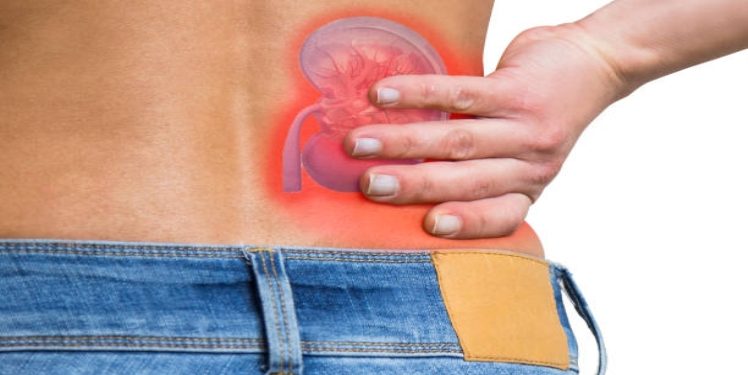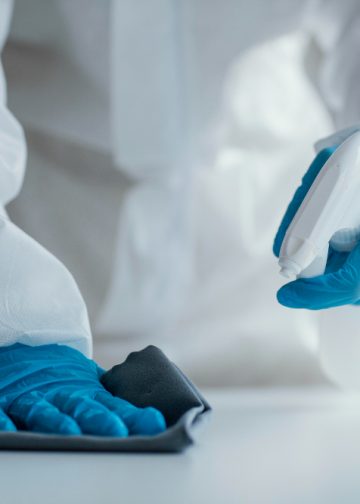Kidney Stones are a very common problem amongst men and women, medical treatment more common in men than in women. Kidney stones are small to medium sized stones, ranging anywhere between a grain of rice to as big as a pear. The larger the size of the kidney, the more difficult to get rid of it and may require medical intervention.
In the case of smaller stones, they are usually passed via urine safely. Detecting kidney stones early on can be helpful in the diagnosis and treatment process. Consult a top hospital in Bangalore, as soon as symptoms are detected. This can help improve the chances of treating and recovering from this condition sooner.
What are Kidney Stones?
Kidney stones are small stones formed by the combination of either calcium and phosphate, Uric acid and/or uric acid and calcium, Magnesium, Ammonium and Phosphate or Cystine stones. These stones are formed as part of normal urinary function when one or more of these elements are not processed entirely or are found in abundance in the urinary system, causing them to accumulate and become a kidney stone. These stones can hinder the urethral tubes and cause blockage causing urinary problems. In cases where the stones are big enough, they can obstruct the tubes and cause pain and inflammation.
Kidney stones can easily be treated when diagnosed soon enough. The patient may have some symptoms that need to be discussed with doctors or specialists at one of the top hospitals in Bangalore so that immediate diagnosis of the problem can be done.
Symptoms of Kidney Stones
Below are some of the most prominent symptoms of kidney stones in patients:
1. Problems with urination
2. Lower back pain
3. Pain while urinating
4. Low Urine output
5. Blood in Urine
6. Lower abdomen pain
7. Nausea and vomiting
These are some of the most common but definitive symptoms of kidney stones in the body. When such symptoms arise, it is best advised to see a Urologist right away.
Treatment Methods for Kidney Stones
Kidney stones can easily be removed with non-surgical methods that are minimally invasive. Sometimes they can even be cured with non-invasive methods through medicines and dietary changes. But other times, some stones may require a surgical procedure to be removed from the kidneys.
Below are some of the most common treatment methods for kidney stones:
1. Medication
Small stones can usually be passed with urine and require no further treatment. Some doctors may prescribe pain relievers for patients who have pain with regard to urination. Patients are advised to have plenty of fluids to pass the stones normally
2. Lithotripsy
Shock Wave Lithotripsy is a common way of breaking larger stones into smaller stones so that they may be passed via urine. This technique uses shock waves that can break larger kidney stones into small ones.
3. Ureteroscopy
Ureteroscopy involves the use of a long thin tube that is introduced to break the kidney stone with the help of laser light to break the larger stones into smaller ones. If the stone is small enough, it may even be removed with the tube
4. Nephrolithotomy
This is a more advanced surgical procedure where the patient is admitted and sedated and a long tube is inserted directly into the kidney to remove the stone. This is usually done after considering all the other methods since it is a more complex procedure requiring recovery at the hospital.
These are some of the treatment methods used to treat kidney stones.
























